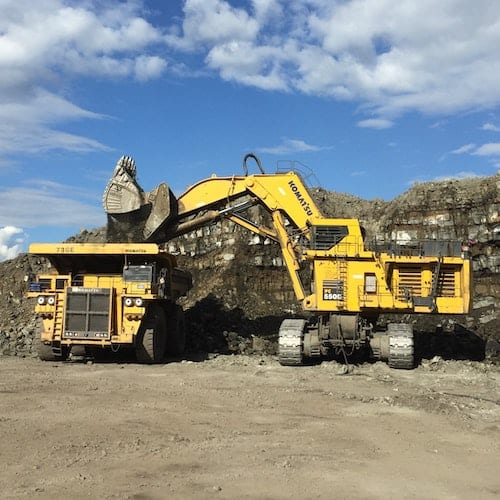Australia’s resources and energy exports continue to thrive and are on track to achieve a record high in 2020-21. This is being driven by strong global demand for iron ore, lithium, nickel and copper as the world recovers from the pandemic.
The latest Resources and Energy Quarterly report from the Department of Industry, Science, Energy and Resources covers a five-year outlook and highlights how the mining sector is poised to capture growth opportunities from the recovery.
Export earnings on track for $296-billion
Export earnings should reach a healthy $296-billion in real terms, but are expected to drop by around 3 per cent in 2021-22 to $288-billion. This is the likely result of a softer international price outlook.
Federal resources minister, Keith Pitt, said the forecast result shows how well the resources sector has managed the challenges of the past year and how important it remains to Australia’s national economic success.
According to the report, demand will remain strong over the next five years, driven by ongoing requirements for iron ore, as well as the growth in technology-related commodities such as lithium, nickel and copper.
“The industry has remained safe and reliable suppliers to domestic and global markets throughout the pandemic,” Pitt noted in a statement.
Sector has overcome challenging conditions
“Increasing demand for Australian commodities has allowed export earnings to overcome challenging conditions for the benefit of [our] economy and jobs.
“The rollout of Covid -19 vaccines presents an opportunity to bring the pandemic under control and boost global economic activity and further demand for [our] commodities.”
Pitt said he believed iron ore was also benefitting from decades of investment, innovation and automation, which have placed Australia at the forefront of the global market.
Among the risks noted in the report is the potential for resources exports to China to be disrupted due to the ongoing trade spat between the two nations. This has seen new tariffs and restrictions being place on the import of Australian wines, barley, beef, coal, lobster and forestry products.
Iron ore exports have continued unabated
But, to date, iron ore exports to China have not been affected.
The report expects lithium exports to rise more than five-fold in real terms, while nickel demand is predicted to almost double and copper is set to increase by a third over the outlook period.
Similarly, Australia’s base metal exports are expected to grow over the short to medium term, as a rebound in global economic growth and industrial production increases the demand for ferrous and non-ferrous metals.
The outlook for coal has improved since the December Resource and Energy Quarterly report and export revenue and volumes have recovered.












